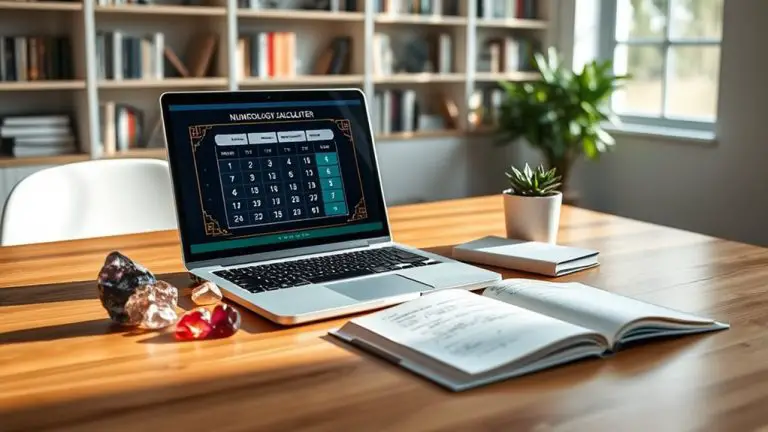Clock in Which Direction: Best Practices Explained
Clocks are a part of our daily lives. But have you ever wondered why they move in one specific direction?
The way a clock’s hands rotate might seem natural, but it’s tied to history and science. This question often sparks curiosity because it connects to the origins of timekeeping. The movement of a clock, known as “clockwise,” has a fascinating backstory.
It’s not just a random choice but a result of ancient sundials and human conventions. Understanding why clocks turn the way they do can reveal a lot about how timekeeping evolved over centuries. In this blog, we’ll explore the reasons behind this direction, its historical roots, and why it matters today. Let’s uncover the story behind the way clocks tick.

Credit: www.appliedvastu.com
Choosing Clockwise Or Counterclockwise
Deciding between clockwise or counterclockwise is key. Think about the purpose of the clock. Is it for telling time? Or maybe for a machine? Each direction has its own use. Cultural norms can also guide this choice. Some cultures see one way as lucky. The other way might seem unlucky.
Usability matters too. Which way feels more natural? This can change depending on where you are. In some places, people are used to clocks turning one way. In other spots, it’s the opposite. Safety is also a factor. In certain machines, one direction might be safer.
| Direction | Use |
| Clockwise | Regular clocks, timers |
| Counterclockwise | Certain machines, cultural symbols |
Think about these points before you choose. It can make things easier or harder. It’s all about the right fit for the job.
Credit: www.quora.com
Impact On Design And Functionality
The direction a clock moves influences both its design and usability. Designers often consider cultural norms and user habits. Functionality may shift based on clockwise or counterclockwise motion, affecting readability and purpose.
Aesthetic Choices
Clock direction affects its overall appearance. A clockwise movement feels natural to many people. This is because most clocks move this way. Designers often choose this direction for a classic look. On the other hand, counterclockwise clocks look unusual. They create a modern or quirky style. Such designs can grab attention in unique spaces. The direction also influences how numbers are placed. A reversed direction may require flipped numbers. This makes the clock stand out even more.
Mechanical Efficiency
Clock direction impacts the mechanical parts inside. Clockwise movement aligns with traditional gears. These gears are simpler to make and repair. Counterclockwise movement may need custom parts. This can increase costs and reduce efficiency. Many machines, like watches, follow the clockwise standard. This ensures compatibility across different designs. Reverse movements are less common but still possible. They may require extra care during manufacturing.
Cultural And Historical Influences
Cultural traditions and historical practices influence clock designs and the direction of their hands. Early mechanical clocks followed ancient sun shadow movements. Regional variations shaped how timepieces evolved, reflecting societal preferences and beliefs.
Traditions Across Regions
Clock direction varies by region and culture. In Europe, clocks move clockwise. This pattern comes from ancient sundials. Shadow movement influenced the design. In Islamic regions, clocks sometimes move counterclockwise. This matches their traditional sundials. Different societies shaped clock directions based on sun movement.
Some Asian cultures followed unique time systems. Their clocks didn’t focus on direction. Instead, they focused on daily cycles and seasons. Regional traditions deeply impact clock designs. These traditions reflect historical values and beliefs.
Evolution Of Clock Directions
Early clocks were inspired by natural patterns. Sundials were the first timekeeping tools. Shadows moved in one direction, guiding designs. Mechanical clocks copied these movements. They became standard over time.
Modern clocks follow global conventions. Most clocks are clockwise. This helps with uniformity in timekeeping. Yet, some regions kept their unique traditions. Clock directions reveal history and regional differences.
User Experience Considerations
Designing clocks requires careful attention to user experience. Clock hands should move clockwise, as it aligns with global familiarity and natural visual flow. Placement of numbers and readability are essential for easy understanding and quick time recognition.
Ease Of Reading
A clock must be easy to read at a glance. Clarity is key for a good user experience. The layout should flow naturally for all users. Clock hands should be visible and contrast with the background. Numbers or markers must be clear and not crowded. Avoid using confusing or overly decorative designs. This ensures anyone can tell the time quickly.
Consistency In Usage
Consistency in clock direction is very important. Most people read clocks moving clockwise. This is a global standard followed for centuries. Changing the direction may confuse users. Consistent design helps in daily life and reduces errors. Always stick to established patterns for better usability. This helps users feel comfortable and confident.
Best Practices For Clock Direction
Clocks should always ensure easy readability for all users. The hour, minute, and second hands must be clearly visible. Use contrasting colors for the clock face and numbers. Avoid using complex designs that might confuse the viewer. Stick to standard layouts like clockwise movement. This helps in better understanding for people of all ages.
Numbers should be evenly spaced around the clock face. Fonts must be simple and clear. Avoid using decorative fonts that reduce visibility. For digital clocks, ensure the display is bright and easy to read. Always test designs in different lighting conditions.
Always use durable materials for clock production. The clock mechanism should be precise and reliable. Ensure the movement is silent to avoid distractions. Test the product for accuracy and durability before selling. Include clear instructions for wall mounting or placement.
Consider energy-efficient options like battery-saving mechanisms. For digital clocks, ensure the power source is long-lasting. Always prioritize user safety in design and materials. Make sure the clock is lightweight yet sturdy. Pack the product securely to avoid damage during transit.
Innovative Applications Of Direction
Modern clocks come in unique designs. Some use direction creatively. Clocks may use north, south, east, west to show time. Others replace numbers with symbols or patterns. This makes them stand out. Their designs are not just for time. They are also for style and art.
Many clocks have special features. Some clocks show the moon phase or weather. Others adjust time based on location or daylight. These features make clocks more useful. Some even connect to smart devices for added convenience.
Such functionalities help users. They can check more than just time. These clocks combine technology and style perfectly.
Challenges In Non-traditional Directions
Non-traditional clock directions may create uncertainty for many people. For example, reversing the clock hands might confuse users. People are used to the standard clockwise movement. Changing this can lead to misunderstandings during communication. Everyday tasks like reading time or giving directions become harder. Familiarity with traditional clocks helps people avoid mistakes.
Adapting to new clock directions takes time and patience. Small steps can help people adjust gradually. For instance, using visual aids can reduce confusion. Simple labels or diagrams can show the new direction clearly. Practicing with a mock clock is also helpful. This builds confidence and reduces errors. Over time, the new system becomes easier to use.
Future Trends In Clock Design
The world of clocks is always ticking forward. Designs are changing with new tech. People now want clocks that do more than tell time. They look for clocks that blend with their smart homes. Smart features are in demand. This includes alarms that adjust to sleep patterns. Also, clocks that sync with smartphones are popular.
Clocks are also getting eco-friendly updates. Many prefer materials that are kind to Earth. Recycled or sustainable materials are a big plus. Style-wise, minimalism is on the rise. Simple, clean lines are seen in new clocks. Colors are often neutral or earth-toned. These trends show what buyers want. They want function, style, and sustainability all in one.

Credit: www.researchgate.net
Conclusion
Understanding the direction of a clock helps simplify daily tasks. Whether reading time, navigating, or solving puzzles, this knowledge proves useful. It connects to many aspects of life and learning. Paying attention to how clocks work builds better focus and awareness.
Small details like these often make a big difference. So, take a moment to observe the movement of hands. Practice recognizing clockwise and counterclockwise directions in real life. This simple skill can improve both clarity and confidence. Start noticing these patterns today and see how they impact your routine.






